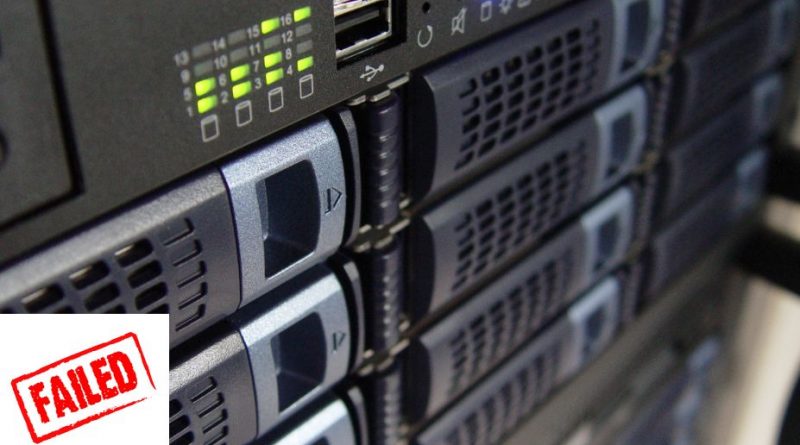Server Downtime: What It Is And How To Prevent It
In the world of web hosting, there are a lot of things that can go wrong and cause downtime. One of the most common issues is server downtime. The good news is that there are various ways to prevent server downtime. Read on to learn about what server downtime is and how you can avoid it in your own company!
What is Server Downtime?
Server downtime is defined as the time when a server is unavailable to users. This can be caused by hardware or software failures, power outages, network problems, or maintenance.
Downtime can have a major impact on businesses, as it can lead to lost productivity, revenue, and customers. It is important to try to prevent downtime by having a reliable server and backup plan in place.
How To Prevent Server Downtime
The number one cause of server downtime is hardware failure. To prevent this, it is important to have a robust hardware setup with redundant components. For example, if you have a server with two hard drives, consider adding a third drive as a backup in case one of the others fails.
Another common cause of downtime is software issues. These can be prevented by keeping your software up to date and by having good backups in place. For example, if you use WordPress, make sure to keep your plugins and themes up to date. And always take regular backups of your site so that you can quickly restore it if something goes wrong.
Finally, downtime can also be caused by human error. To prevent this, it is important to have clear procedures in place for making changes to your server and to train all staff members on these procedures. For example, you might have a policy that only certain people are allowed to access the server control panel. By following these simple steps, you can help prevent server downtime.
What to do if you experience server downtime
If you experience server downtime, the first thing you should do is contact your hosting provider. They will be able to help you troubleshoot the issue and get your site back up and running as soon as possible.
There are a few things you can do to prevent server downtime in the future:
-Choose a reliable hosting provider with a good uptime record
-Make sure your site is backed up regularly
-Monitor your site for any signs of trouble
Alternative Solutions
As with any problem, there are always alternative solutions. When it comes to server downtime, there are a few things you can do to prevent it.
First, consider using a cloud-based server. Cloud-based servers are more reliable and offer more uptime than traditional on-premise servers.
Second, you can use a load balancer to distribute traffic across multiple servers. This will help to prevent any one server from becoming overloaded and crashing.
Third, you can use a content delivery network (CDN) to cache your website content on servers around the world. This way, if one server goes down, your visitors will still be able to access your content from another server.
Fourth, you can use a website monitoring service to keep an eye on your server performance and identify any potential issues before they cause downtime.
Finally, you can simply plan for occasional downtime by having a backup server or using a static website generator that creates static HTML files that can be served even when your main server is down.
Conclusion
Server downtime is a serious issue that can have major consequences for any business. Thankfully, there are steps you can take to prevent it from happening. By following the tips in this article, you can minimize the chances of your server going down and keep your business running smoothly. To prevent server downtown use our recommended dedicated server.

